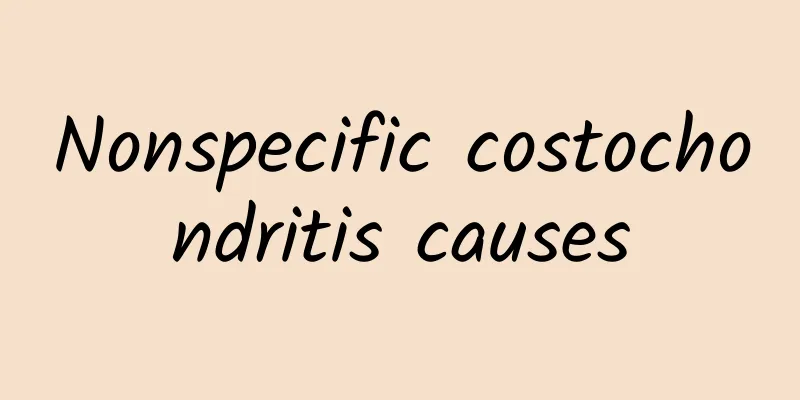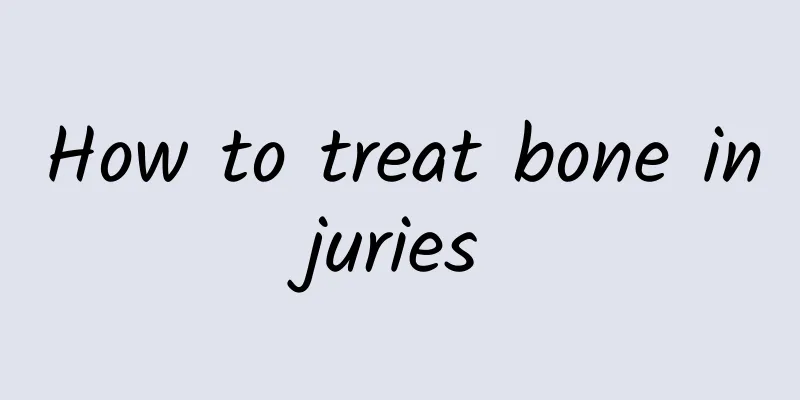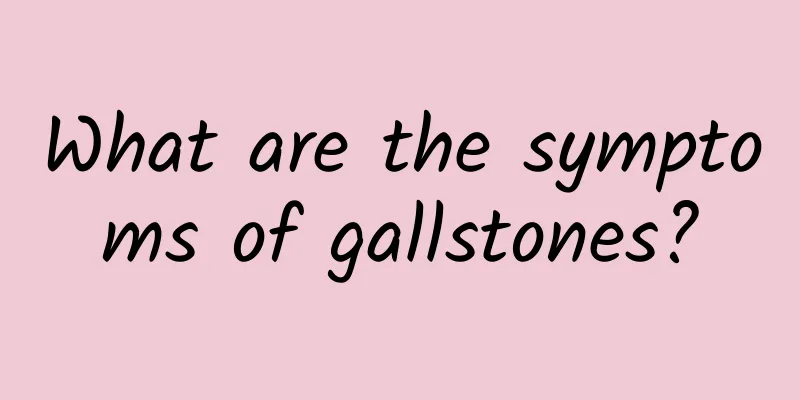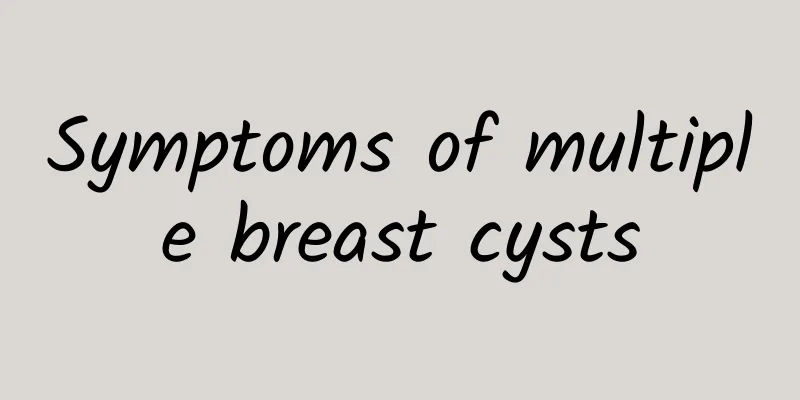How to treat cervical spondylosis
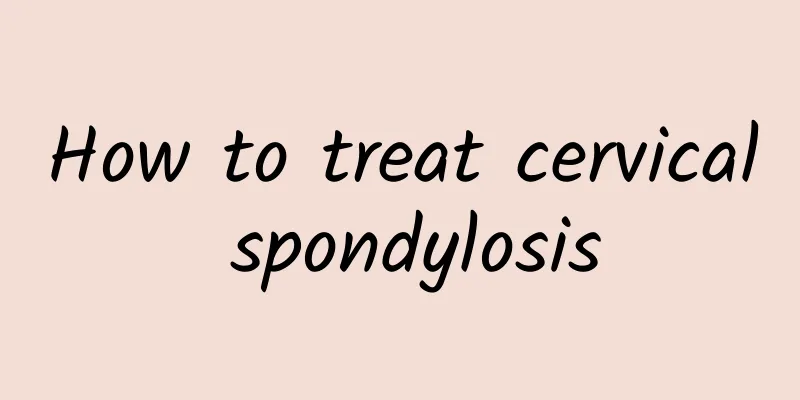
|
Cervical spondylosis is a common clinical disease. Different patients have different symptoms. The same patient may show multiple symptoms. Therefore, there are many treatment methods, which are generally divided into three categories. The first category is traditional conservative treatment, such as traction, massage, and drug therapy; the second category is interventional treatment, such as plasma radiofrequency ablation, ozone intervention and other methods, which use special mechanisms to shrink the fiber ring of the intervertebral disc, reduce pressure on nerves, blood vessels or spinal cord, and thus relieve symptoms; the third category is surgical treatment, which is suitable for more serious cervical spondylosis that cannot achieve ideal results with non-surgical treatment or interventional treatment, especially spinal cervical spondylosis. However, it has certain risks and trauma, and patients are in pain. Patients should be discovered and treated in time. What department should I go to for cervical spondylosis? The symptoms of cervical spondylosis are relatively complex and similar to those of some other diseases, so many patients are misdiagnosed. Patients with cervical spondylosis may experience headaches and dizziness, but some internal medical diseases such as hypertension, cerebral infarction, cerebral hemorrhage, and hypoglycemia can also cause these symptoms. Patients with cervical spondylosis may experience pain, numbness, and weakness in the limbs, but cerebral infarction and other brain lesions can also cause these symptoms. Some patients may have special symptoms that can be caused by more specialties. If a patient has symptoms of cervical spondylosis, he should first undergo examinations by the neurology and cardiology departments. If it is ruled out that the cause is a medical disease, he should go to the orthopedics department for examination, such as the massage department or spinal surgery department. What are the cervical traction devices? There are many types of cervical traction devices, mainly including the following: 1. Direct traction, that is, a manual traction device, which is tied with a belt and then manually operated to apply tension to the cervical spine according to the weight that the patient can bear; 2. Electric traction. With the development of society, the traction weight and duration can now be controlled by a computer; 3. Airbag traction, which uses an airbag to lift the head and traction the cervical spine. |
<<: How to treat lumbar muscle strain
>>: How to treat ankylosing spondylitis
Recommend
Ways to get rid of gallstones
There are many ways to eliminate gallstones, incl...
Hemorrhoids, anal bleeding when urinating
Anal bleeding during urination is usually a sympt...
Diet menu for patients with gallstones
Patients with gallstones need to pay special atte...
Difference between breast cysts and nodules
The main difference between breast cysts and nodu...
Is it good to touch breast cysts frequently?
It is not recommended to touch breast cysts frequ...
What should not be eaten when the skin is burned
After skin burns, you should avoid eating irritat...
Is mupirocin ointment effective for perianal abscesses?
Mupirocin ointment is not a mainstay of treatment...
What specific medicine should I take for perianal abscess
There is no specific medicine for perianal absces...
What is the disease of skin erythema
Red spots on the skin may be caused by many reaso...
How long does it take to recover from minimally invasive breast cyst surgery?
It usually takes 1-2 weeks to return to daily lif...
What causes perianal abscess
Perianal abscess may be caused by infection, glan...
What are the symptoms of kidney stones in men
Common symptoms of kidney stones include severe p...
What department should I go to for breast cysts?
It is generally recommended to register for breas...
What can babies eat to soften their stools if they have anal fissures?
When a baby has anal fissures, the stool can be s...
Is left breast cyst type 2 serious?
Left-sided breast cysts of type 2 are usually not...

